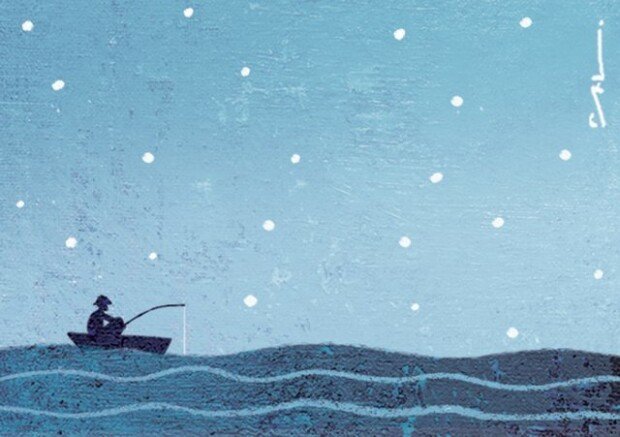Stories behind snow
Stories behind snow
Posted January. 29, 2021 07:31,
Updated January. 29, 2021 07:31

Every poem about snow tells you a different story, which is probably why poems about snow are often more relatable or effective in conveying meaning.
“Do not walk mindlessly in the snow, as the footprints you leave will be guidance for those who come later,” wrote Seosan Daesa in his poem “Walk in the Snow,” where readers can feel his kindness. The speaker of “Snowy Night” by Kim Kwang-gyun dwells on memories and regrets, which are expressed in phrases like “the distant sound of a woman taking off her clothes.” Others tell a more provocative yet beautiful story. “I wish to encounter a heavy snow on the Hangyeryeong Pass when I walk with someone I will never forget,” goes “A Love Poem for the Hangyeryeong Pass.” “Ah, the glistening isolation. I wish to be trapped by destiny not in snow in this white fairy tale.”
What could be the story of this poem that portrays an old man donning a straw raincoat and an Asian conical hat in a snowy landscape in Gangchon? This familiar scene of a man fishing may remind you of a peaceful countryside, but the poet was lonely and devastated. He was forced to move out of Janganto the southern part of the country after the political revolution he was involved in failed. Excluded from society, he spent as many as 10 years in exile. No sight of birds or humans reflects his quiet life that was shut off from society.







